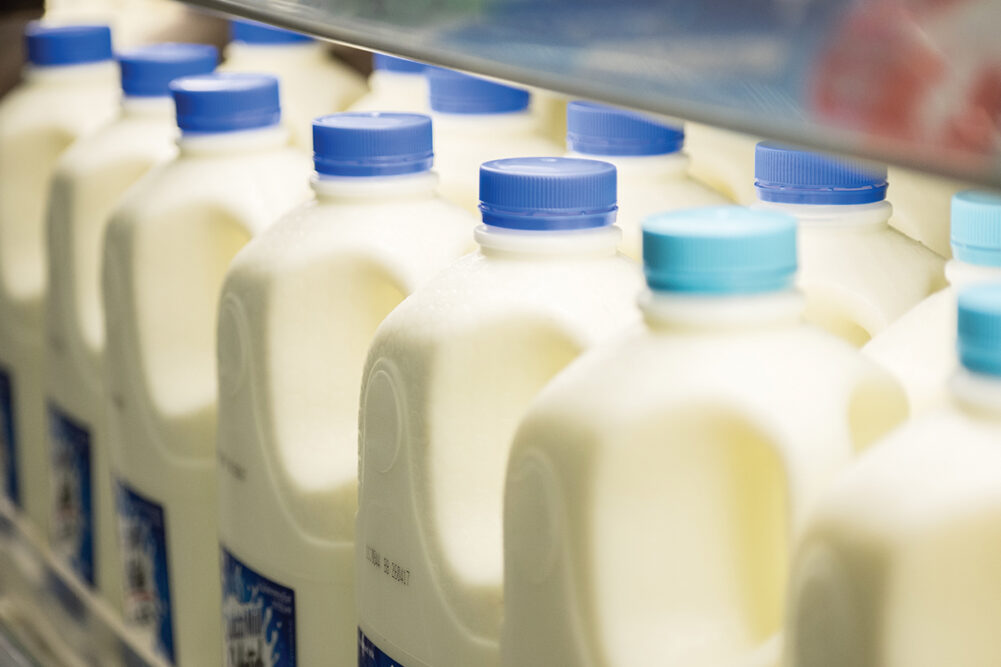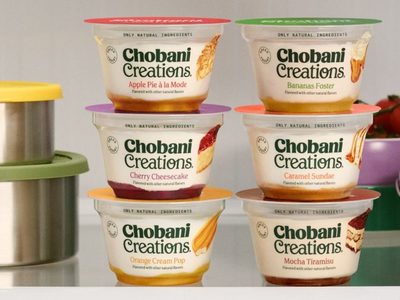The coronavirus has had a broad impact on the food industry, and the dairy market seems to have had its share of price volatility and demand erosion. But the outlook may not be as bleak as current prices of some products — especially cheese — would suggest.
“It certainly has been a wild ride over the past few months and even into this month (August),” said Lucas Fuess, director of dairy market intelligence at HighGround Dairy, Chicago.
For dairy products, cheese and butter have seen by far the greatest volatility because so much of their demand depends on foodservice, many aspects of which were shut down or sharply restricted early in the pandemic period and remain well below normal levels in many cases.
Lows were set in CME Group cheddar, butter and nonfat dry milk prices and in wholesale cheese prices during April, about the time that the plight of the dairy industry made national headlines with the dumping of millions of gallons of milk. Sharply higher retail sales of butter and cheese early in the pandemic’s shelter-at-home period partially offset the loss of sales to foodservice, while the US Department of Agriculture’s Food Box program likely provided the greatest boost to demand for dairy products and helped bring the dumping of milk to an end.
It’s not uncommon for dairy product prices to decline in the spring when milk production seasonally increases to its peak, but this year butter and cheese prices plunged 35% to 50% from highs earlier in the year. Prices subsequently rebounded as much as 150% amid signs of reopening by foodservice establishments around Memorial Day, with some wholesale cheese prices nearly tripling by early July only to see another sharp decline by late August when cases of the coronavirus again were on the increase, slowing restaurant demand, and when it became obvious the seasonal upsurge in demand for cheese, butter and fluid milk would be subdued due to changes in the reopening of schools.
“While retail sales are still good, and the food box program will continue into the fall, milk production has increased in recent weeks, and cheese production has finally caught up to demand,” Mr. Fuess said. “This has brought the market back into a good balance.”
He noted that although prices had dropped dramatically, they were not far from long-term averages in August.
“Supporting the market in the coming weeks are end users who are still short on product and who didn’t place any orders when prices were high,” Mr. Fuess said. “There will be a fair amount of restocking in the coming weeks as prices are finally affordable and at more normal levels.”
Low prices also attracted export interest as US prices became competitive on the global market, especially in the case of cheese and nonfat dry milk.
At the same time, there are ongoing warning signs that will contribute to volatility, Mr. Fuess said, including a buildup of butter stocks as strong retail demand during the pandemic did not fully offset the loss of foodservice demand.
“Foodservice demand is still below normal, and the economy is not healthy,” he said. “Stimulus and unemployment money that flowed to consumers supported consumer spending throughout the summer, but any decline in that funding could threaten purchases. Additionally, it looks like farmers are quickly increasing milk production that could, if demand doesn’t keep up, push stocks higher and reduce prices into the fall.”
US milk production in July was up 1.5% from July 2019, with production per cow and the number of dairy cows both up from a year ago, the USDA said in its latest Milk Production report. Milk production dropped below the same month a year ago only in May (down 0.5%), likely reflecting the dumping of milk by producers at the time.
US natural cheese stocks on July 31 were up 2.4% from a year earlier (though down 1.6% from June), while butter stocks were up 13% from last year (up 2.9% from June), the USDA said in its latest Cold Storage report. Cheese production in June was up modestly from May and from June 2019, while butter outturn was down 3.1% from a year ago and down 16% from May 2020 as processors sought to control rising stocks.
“Overall, I don’t think volatility is over, and there could be some more surprises coming our way, whether it’s USDA money, the pandemic spreading more or declining, and how people’s purchases and dining habits look this fall,” Mr. Fuess said.




